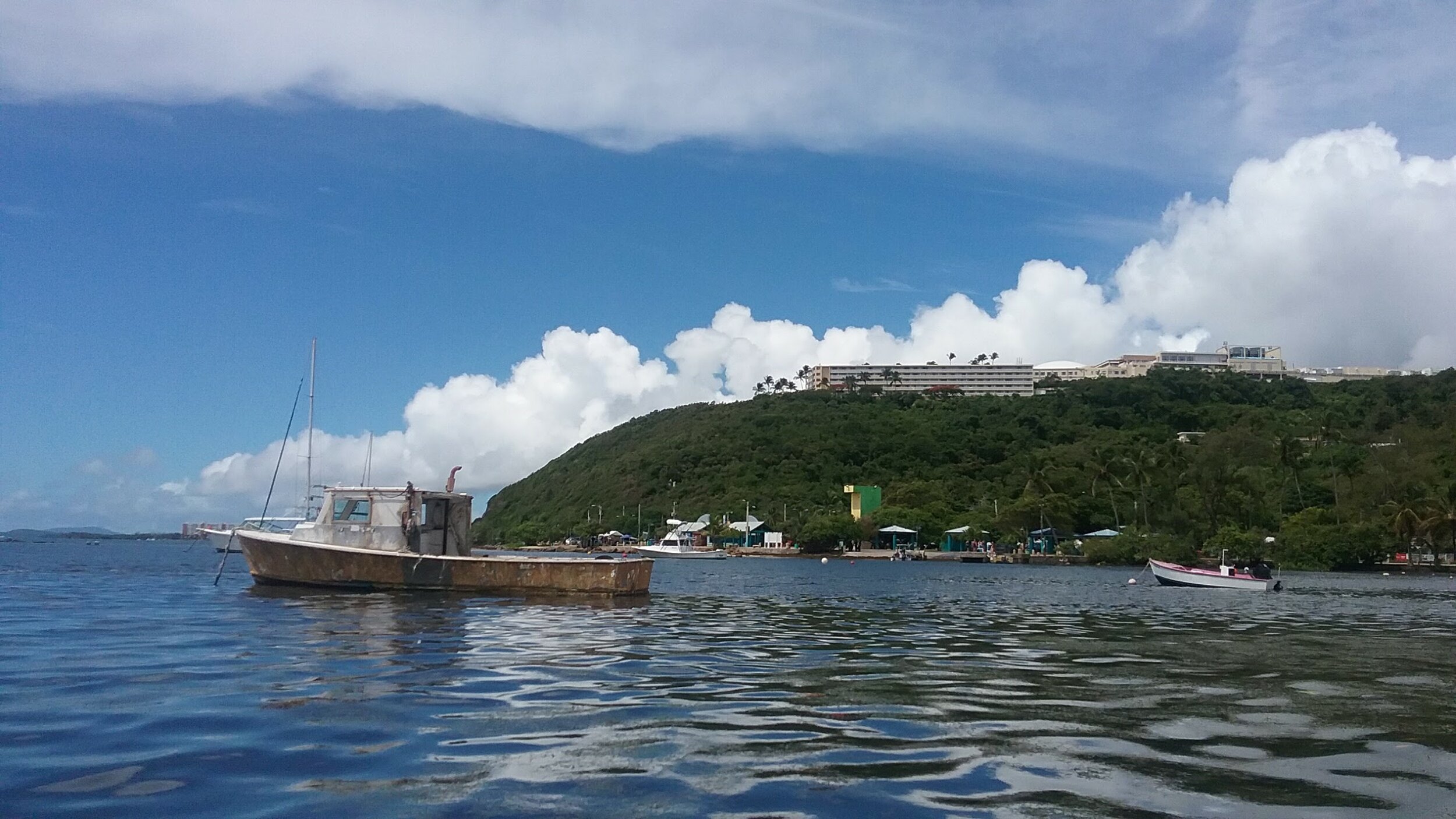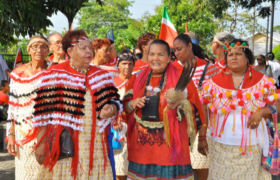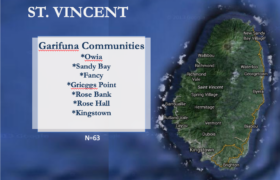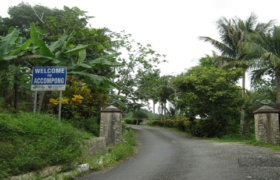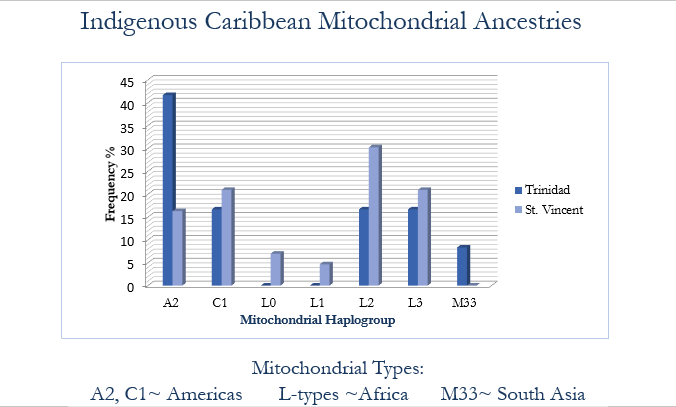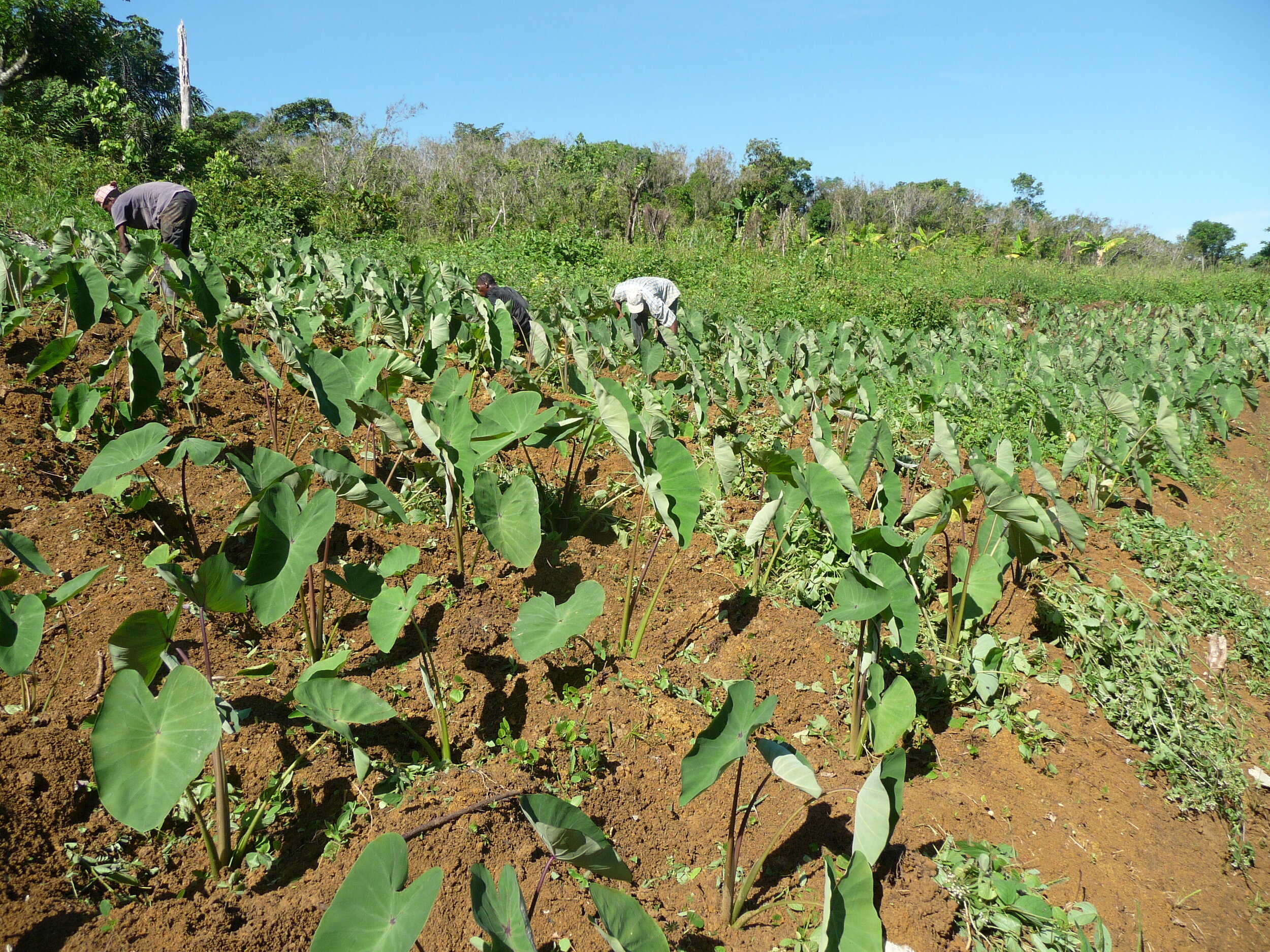Sharing project findings at COPI
Genetic ancestry in Jamaica: Biogeographic origins of Accompong Town Maroons
Research collaboration between Dr. Jada Benn Torres(Vanderbilt) and Dr. Harcourt Fuller(Georgia State)
Located in western Jamaica, the Accompong Town Maroons are descended from an independent community of enslaved Africans who successfully fought against the British to gain freedom. Ancestral origins of this community are theorized to include both Africans and Tainos, Jamaica’s indigenous population. By analyzing mitochondrial lineages of the modern-day population, we set out to address this question of ancestral origins of this specific community.
Continental ancestry indicated by mitochondrial haplogroups, suggests maternal ancestry from both Sub-Saharan and Indigenous American (Caribbean) female ancestors. This finding is in strong support of Maroon oral histories noting parentage from both African and Indigenous Caribbean peoples.
While maternal lineages indicate some ancestry among Native American peoples, the paternal ancestry reflects ancestry from African and to a lesser extent European men.
These data suggest that within this Maroon community, the processes of colonization was most harsh to Native American men as they were killed or otherwise prevented from making substantive biological contributions to subsequent generations.
The African and European biogeographical origins, however appear to be varied and consistent with both local and academic account of Maroon history.
For more information, check out the articles for this project here and here (please email us for entire manuscripts).

